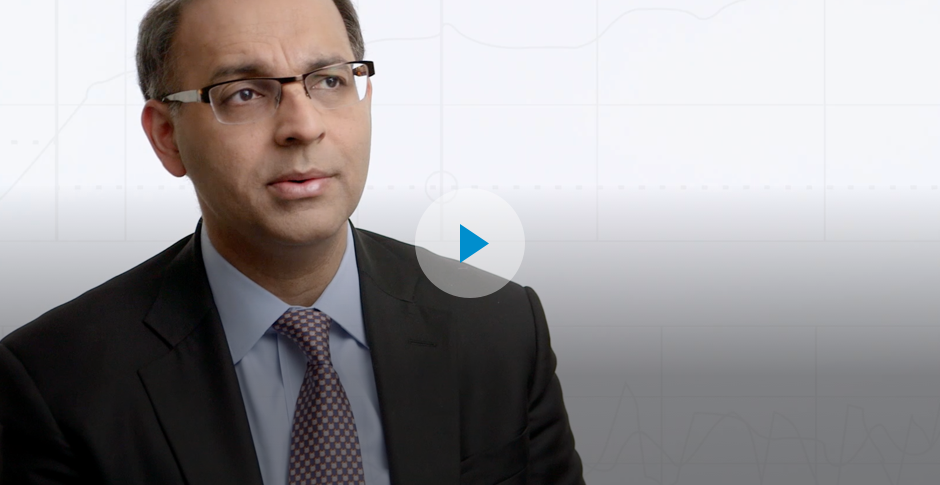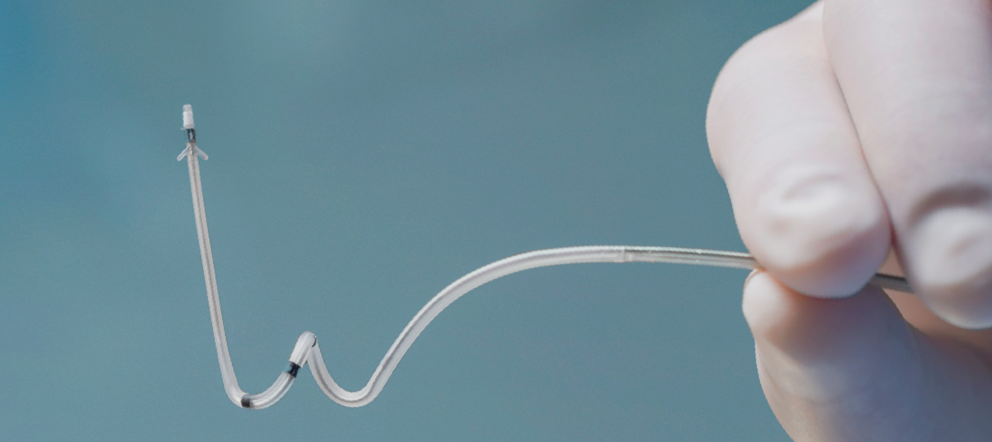Multi-Sensor Technology
HeartLogic is the first FDA-approved heart failure diagnostic that uses multiple sensors to track physiological trends and combine them into one composite index. When the index crosses over a configurable threshold, HeartLogic provides a proactive alert to the clinician via the LATITUDE™ NXT Remote Patient Management System. These powerful insights may give your patient’s care team more time to adjust treatment and get ahead of heart failure decompensation events.
HeartLogic Sensors

Reveals signs of elevated filling pressure and weakened ventricular contraction via S3 and S1 heart sounds, respectively.
Additional Diagnostic Trends
Although the following diagnostic trends are not part of the HeartLogic algorithm, they can help clinicians understand the context of the HeartLogic alert.

Measures the angle between the patient’s torso and the horizontal plane during a sleep period specified by the patient.

Stay Up to Date
Sign up for periodic emails and receive a HeartLogic fact sheet to share with your patients’ care teams.
Physician Perspectives

“When you can use an integrated sensor, then the sensitivity and the specificity of that measure is a lot more focused in helping us ferret out the right population who’s going to have hospitalizations for heart failure.”
Jagmeet Singh, MD, PhD
Device Longevity

The Power to Do What Others Cannot
Clinically proven to have the industry’s longest battery life, devices powered with EnduraLife™ Battery Technology reduce the risk of infections and complications due to changeouts. Now, you’re empowered to enable HeartLogic without compromising device longevity.

Products
Your extraordinary talent. Our extraordinary technology. Explore the Boston Scientific CRT-Ds and ICDs that feature HeartLogic.
LATITUDE NXT™ Remote Patient Management System: Indications, Safety and Warnings
Resonate™ ICD: Indications, Safety and Warnings
Resonate™ CRT-D: Indications, Safety and Warnings
References
1. Boehmer JP, Hariharan R, Devecchi FG, et al. A Multisensor algorithm predicts heart failure events in patients with implanted devices: results from the MultiSENSE study. JACC Heart Fail. 2017 Mar;5(3):216-25.
2. CardioMEMS Champion HF Monitoring System PMA Amendment P100045, FDA and
.CardioMEMS Panel Package.
* Unique to Boston Scientific
** The trend is only available on CRT devices.








